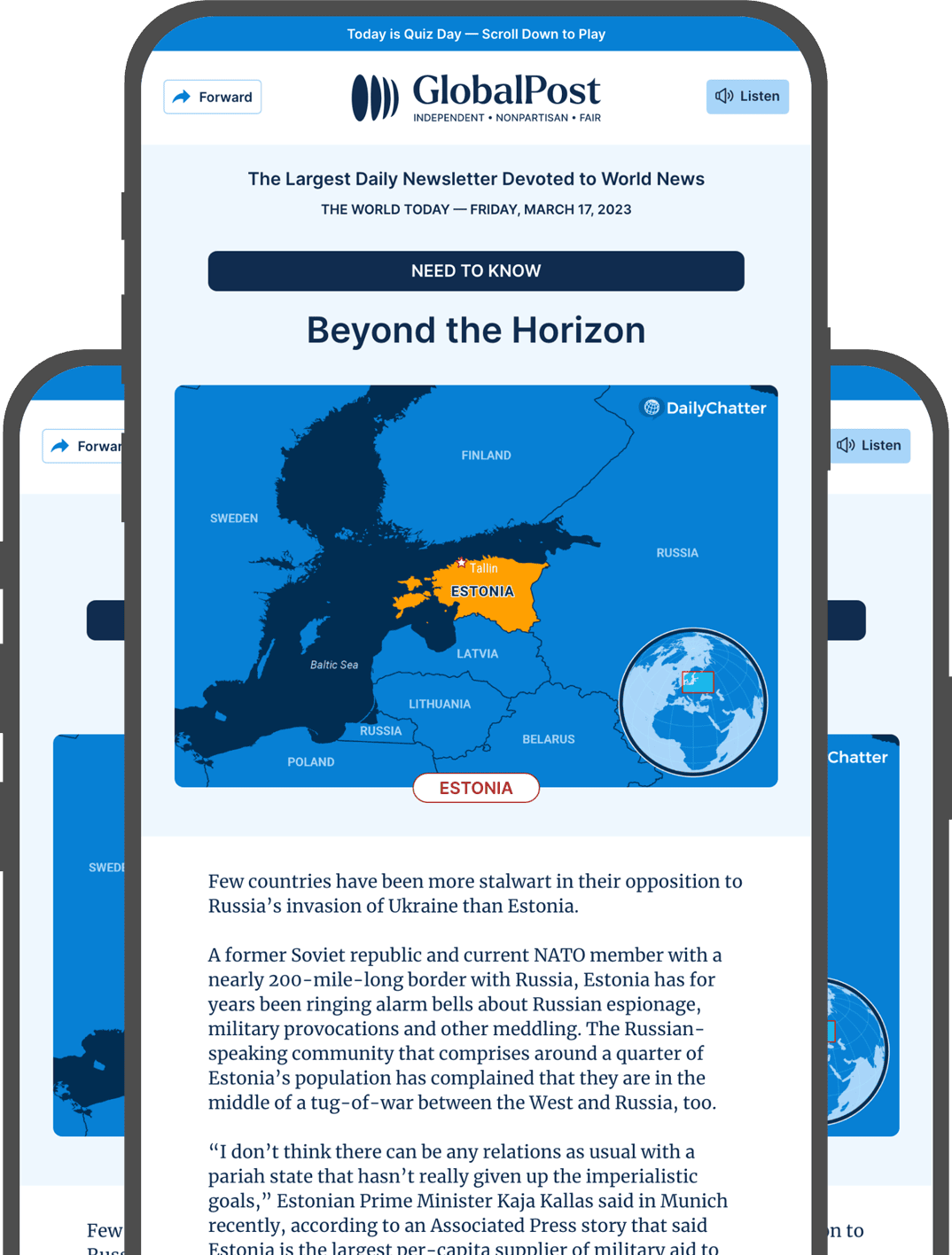Practice Makes Perfect

A new glove-like robotic exoskeleton will make it easier to practice the piano version of the fast-paced “Flight of the Bumblebee” orchestral piece by Nikolai Rimsky-Korsakov.
In a new study, a team of roboticists at Sony Computer Science Laboratories Inc. and the NeuroPiano Institute in Kyoto, Japan, banded together to develop a novel technological approach to help pianists mastering their craft.
Previous research and evidence have suggested that musicians can reach a “ceiling effect,” when their skill levels reach a plateau – whereupon additional training does not always result in continuous improvement, according to TechXplore.
Most training techniques focus on isolated or repetitive exercises. Instead, the researchers explored whether passive training with an exoskeleton could allow musicians to break through this so-called ceiling while also introducing musicians to new movement patterns.
For their experiments, researchers recruited 118 trained pianists who had already encountered the ceiling effect. They each wore the special glove, which was designed to control individual finger movements independently to simulate real playing motions.
The robot exoskeleton then performed what researchers refer to as passive training – where it controlled the fingers of only the right hand – guiding them through various movements at different speeds.
After the training, the team asked the volunteers to remove the exoskeleton and play the same musical piece to see if there was any difference – and significant differences were found. Researchers reported that pianists saw their maximum keystroke speed increase substantially after a 30-minute session with the device, wrote Interesting Engineering.
The boost remained even after the exoskeleton was removed, suggesting long-term motor skills benefits. Still, the authors added that only fast, complex movement patterns led to skill enhancements, while slow or simple movements did not improve performance.
More research could lead to the development of new techniques to enhance training sessions for future musicians, but could also be used in other applications.
“The proposed hand exoskeleton robot has diverse application prospects, including rehabilitation of neurological disorders that degrade manual dexterity and the haptic transfer of complex motor skills from teachers to students,” the researchers wrote in their study.

Subscribe today and GlobalPost will be in your inbox the next weekday morning
Join us today and pay only $46 for an annual subscription, or less than $4 a month for our unique insights into crucial developments on the world stage. It’s by far the best investment you can make to expand your knowledge of the world.
And you get a free two-week trial with no obligation to continue.
